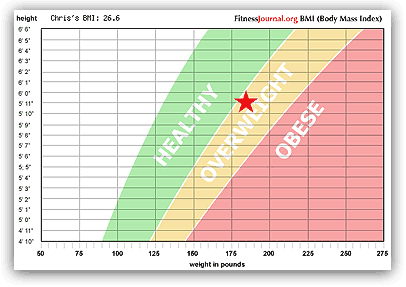


Genetics – Hereditary traits passed down from ancestors influence BMR. The more muscle mass in the physical composition of an individual, the higher the BMR required to sustain their body at a certain level.Īge – The more elderly and limber an individual, the lower their BMR, or the lower the minimum caloric intake required to sustain the functioning of their organs at a certain level. However, anaerobic exercise, such as weight-lifting, indirectly leads to a higher BMR because it builds muscle mass, increasing resting energy consumption.

Muscle Mass – Aerobic exercise such as running or cycling has no effect on BMR. The three equations used by the calculator are listed below: Of these equations, the Mifflin-St Jeor Equation is considered the most accurate equation for calculating BMR with the exception that the Katch-McArdle Formula can be more accurate for people who are leaner and know their body fat percentage. The Katch-McArdle Formula is slightly different in that it calculates resting daily energy expenditure (RDEE), which takes lean body mass into account, something that neither the Mifflin-St Jeor nor the Harris-Benedict Equation do. The Mifflin-St Jeor Equation has been shown to be more accurate than the revised Harris-Benedict Equation. It was revised in 1984 to be more accurate and was used up until 1990, when the Mifflin-St Jeor Equation was introduced. The Harris-Benedict Equation was one of the earliest equations introduced. In most situations, the BMR is estimated with equations summarized from statistical data. The daily caloric need is the BMR value multiplied by a factor with a value between 1.2 and 1.9, depending on activity level. Basal metabolism is usually the largest component of a person's total caloric needs. An accurate BMR measurement requires that a person's sympathetic nervous system is inactive, which means the person must be completely rested. The BMR is measured under very restrictive circumstances while awake. Physical activity makes up ~20% of expenditure and ~10% is used for the digestion of food, also known as thermogenesis. For most people, upwards of ~70% of total energy (calories) burned each day is due to upkeep. In such a state, energy will be used only to maintain vital organs, which include the heart, lungs, kidneys, nervous system, intestines, liver, lungs, sex organs, muscles, and skin. It is the equivalent of figuring out how much gas an idle car consumes while parked.

The basal metabolic rate (BMR) is the amount of energy needed while resting in a temperate environment when the digestive system is inactive. Physical activities increase the metabolic rate.Dietary driven deficiencies (poor iodine levels) diminish the metabolic rate.When you are ill or sick, your RMR (resting metabolic rate) increases in order to be able to fight the infection.BMR is usually higher in men when compared to women.Muscle mass gains increase the metabolic rate.Genes and environmental temperature have a significant role in metabolic rate changes.Resting metabolic rate slows down as the age increases and weight decreases.Source: National Institutes of Health. Don't see your weight? Learn more.The Basal Metabolic Rate (BMR) Calculator estimates your basal metabolic rate-the amount of energy expended while at rest in a neutrally temperate environment, and in a post-absorptive state (meaning that the digestive system is inactive, which requires about 12 hours of fasting).
BMR CHART FOR FEMALE PLUS
These programs offer nutrition counseling and help with making lifestyle changes.ĭoctors at RUSH offer bariatric surgery for some people who are morbidly obese (those with a BMI of at least 40, or a BMI of at least 35 plus an obesity-related disease such as diabetes or high blood pressure). You may also contact the RUSH Nutrition and Wellness Center or the RUSH University Prevention Center. You may also wish to contact the RUSH Center for Weight Loss and Lifestyle Medicine, which offers individualized weight loss and wellness programs for people of all ages. If you are worried about your BMI or are trying to lose weight, talk to your primary care doctor. Note that these are approximate values, and they are intended to be used only as a rough guide. Having a BMI higher than 24.9 may mean you are overweight. Use the tool on this page to calculate your BMI. Although it is not a perfect measure, it gives a fairly accurate assessment of how much of your body is composed of fat. A good indicator of how much fat you carry is the body mass index (BMI). The amount of fat is the critical measurement. Determining your body mass index What is body mass index?ĭetermining how much you should weigh is not a simple matter of looking at a height-weight chart, but includes considering the amount of bone, muscle and fat in your body's composition.


 0 kommentar(er)
0 kommentar(er)
